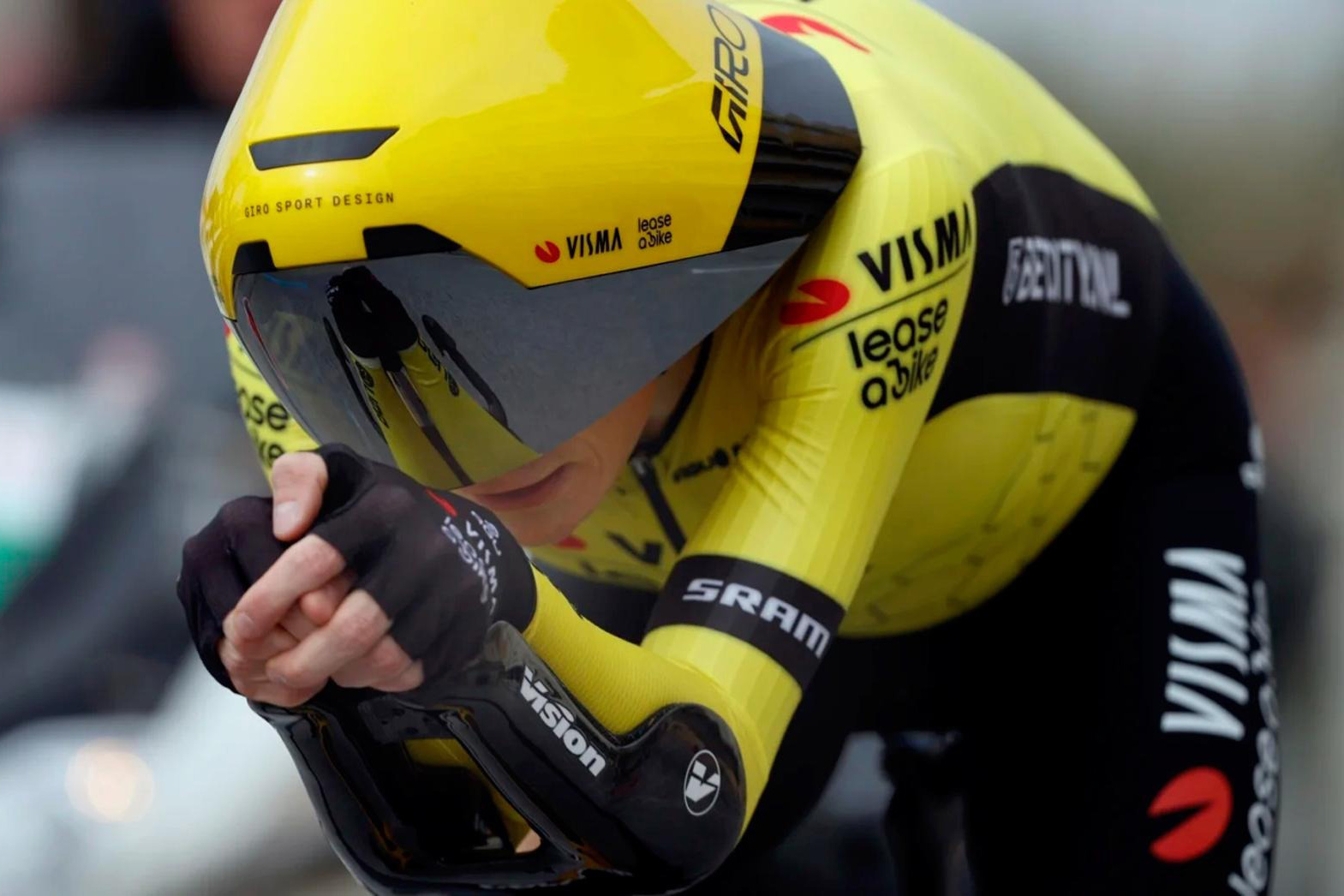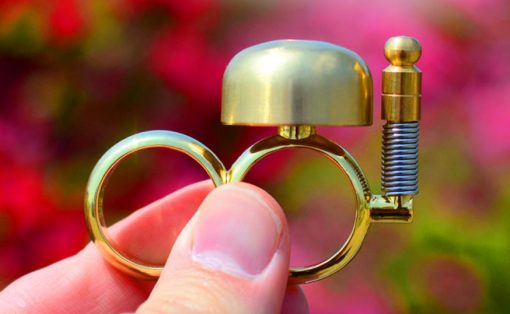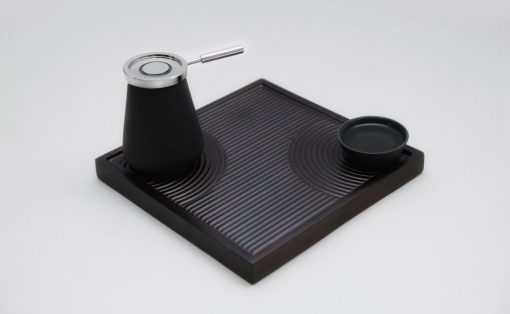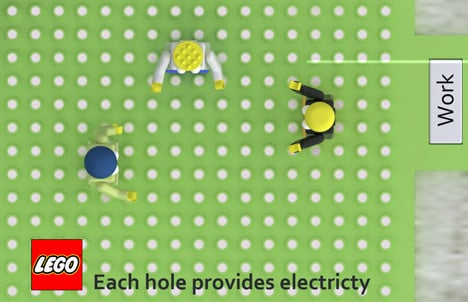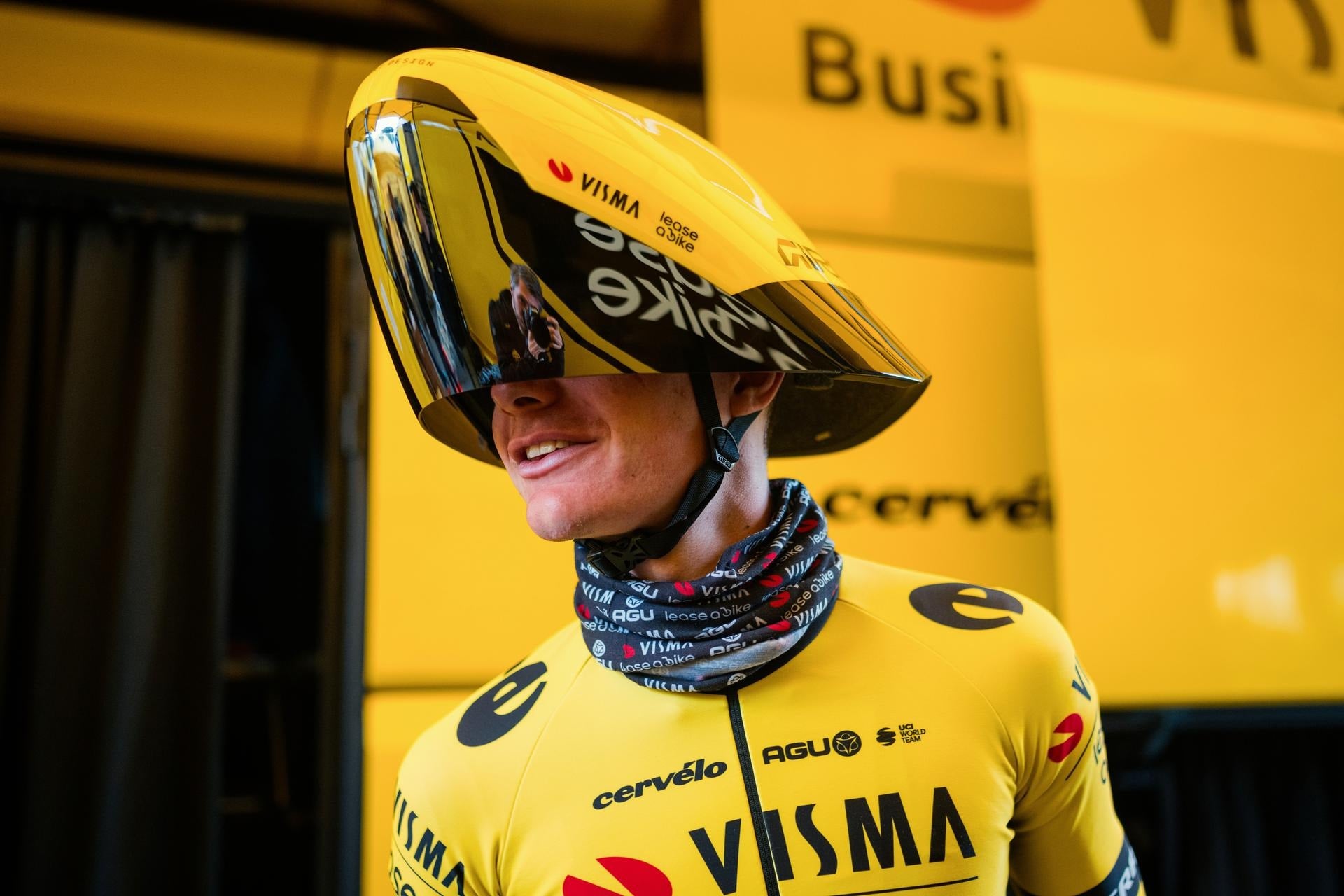
“When you see how fast it is, you won’t laugh anymore,” says Jonas Vingegaard, who can be seen adorning the Aerohead II helmet. However, those gains in speed do have a trade-off… you end up looking as if someone designed a Daft Punk helmet for unicorns. And that’s me being very charitable.
Professional cycling, much like any competitive sport, is a constant dance between innovation and tradition. While aesthetics often hold a certain allure, function reigns supreme, which is why we have that viral video of a man who lays down stomach-first on his bicycle and cruises past all his opponents. Here, every component, from the frame and wheels to the rider’s clothing and even posture, is meticulously optimized to shave off precious seconds in the pursuit of victory. Helmets, however, have traditionally occupied a somewhat unique space, balancing safety with aerodynamics and maintaining a familiar, rounded form. The Aerohead II, however, pushes the limits of aerodynamics so far, that it’s worth discussing on a design blog. The one-of-a-kind design focuses solely on reducing wind resistance and redefines the future of time trial helmets.
Designers: Giro and Team Visma
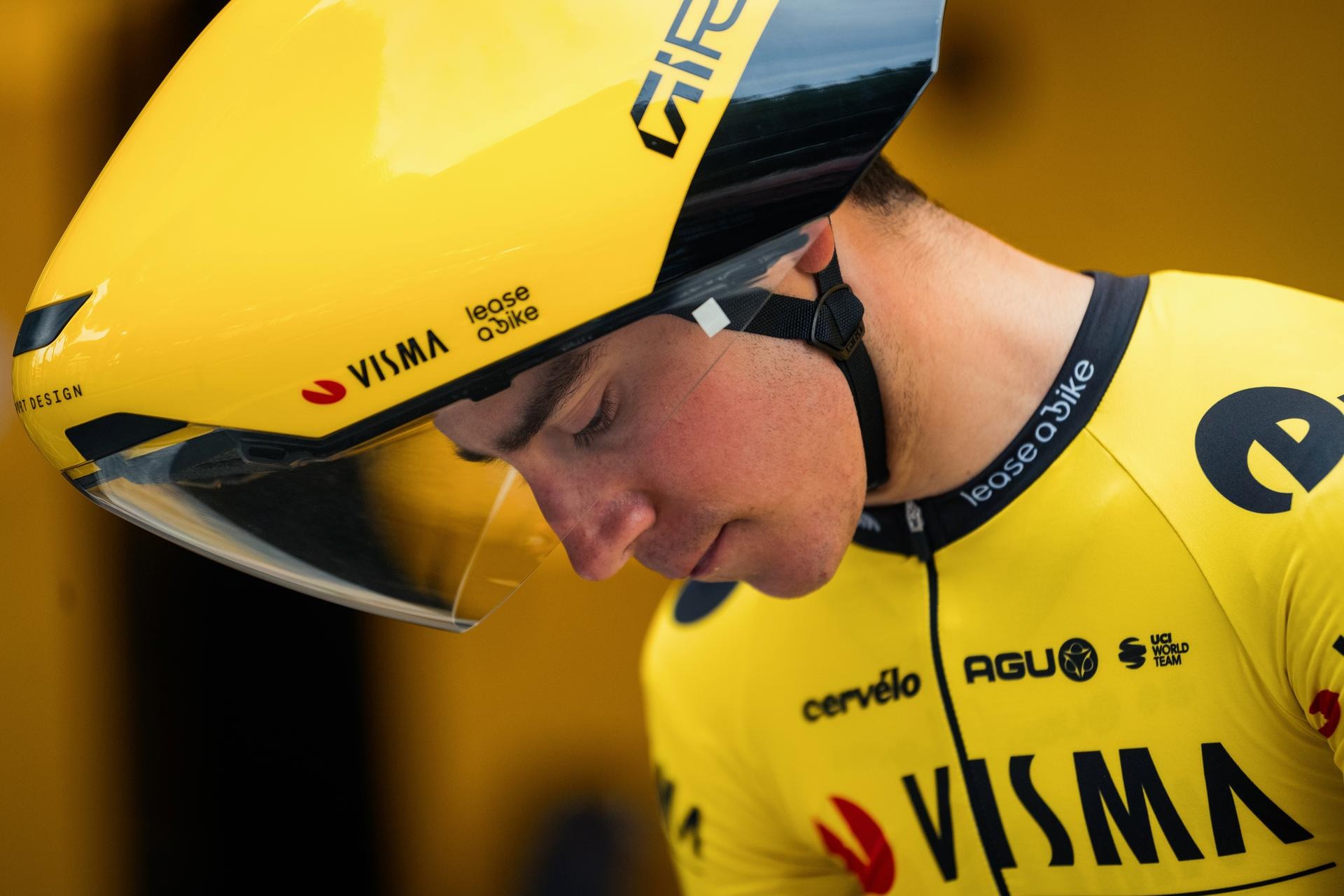
Developed in collaboration with the Dutch racing team Team Visma/Lease a Bike, the Aerohead II looks like it materialized from a futuristic vision board. The most striking feature is the undeniably unconventional, long, wedge-shaped “nose cone” (yeah sure) that extends far ahead of the rider’s head. This design choice, coupled with a tapered tail section, aims to create a smooth, aerodynamic profile, minimizing the drag caused by the rider’s head and neck.
While the helmet’s appearance might bewilder some and inspire some nasty memes, its purpose is undeniable. Time trials are races against the clock, where even the slightest reduction in drag can translate to significant time savings. Unlike traditional helmets designed for everyday riding or commuting, the Aerohead II prioritizes pure speed, making it a specialist tool specifically crafted for the unique demands of time trialing.
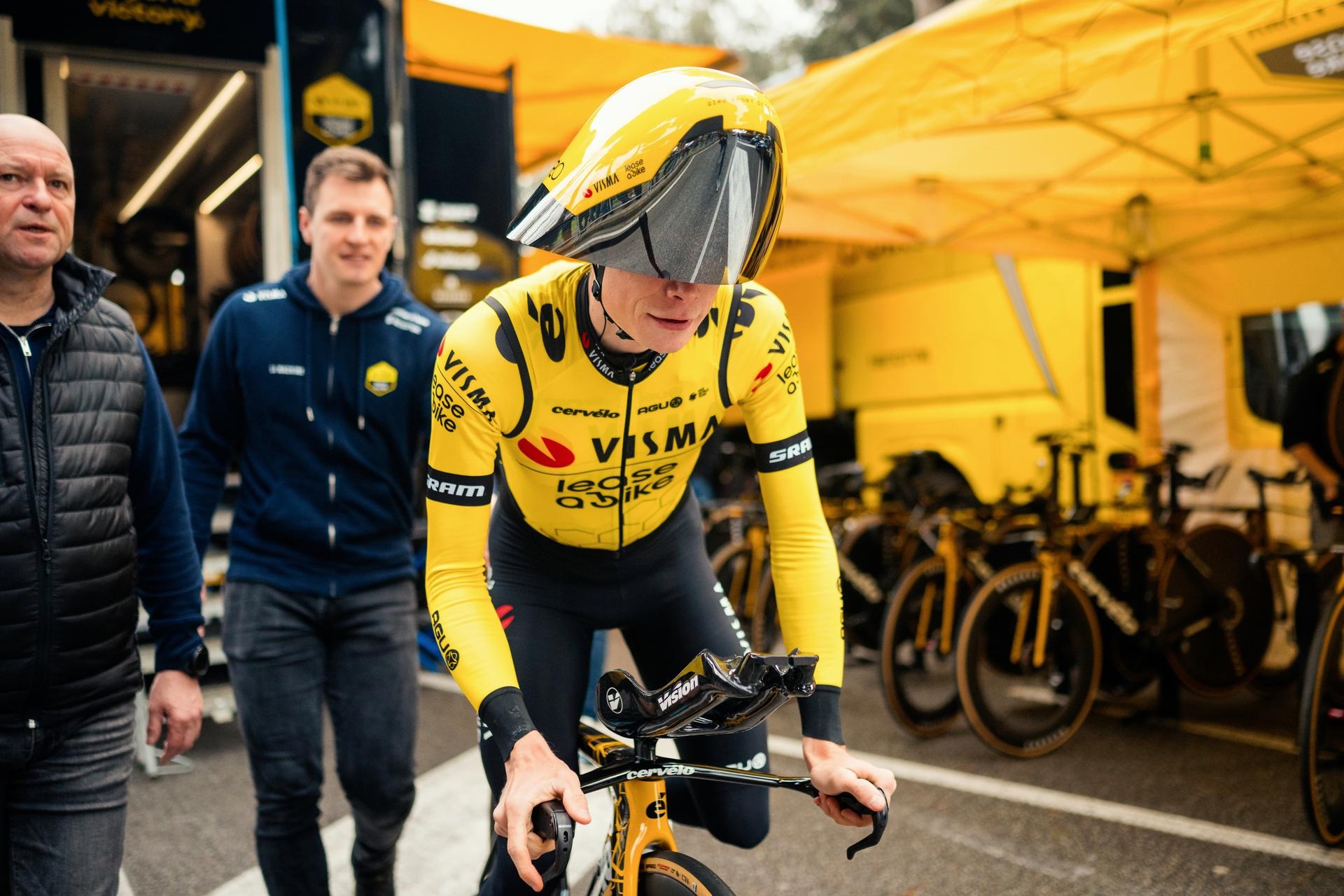
It’s worth noting that the Aerohead II isn’t the first foray into aerodynamic headwear for cyclists. Back in 1986, Giro’s original Aerohead, designed for cyclist Greg LeMond, helped him secure victory in the Tour de France. However, the Aerohead II takes things a step further, adopting a more extreme design and incorporating a wider, wraparound visor for improved visibility when the rider is in the low, tucked position crucial for optimal aerodynamics.
The helmet has already undergone extensive testing and made its competitive debut in the opening time trial of the prestigious Tirreno-Adriatico race in Italy. While some riders might have been initially surprised by the unconventional design, Team Visma/Lease a Bike’s head of performance, Mathieu Heijboer, reports that the focus on performance quickly won them over. Heijboer states, “The riders did look up a bit when they first saw the helmet, but in the end that didn’t last long. After a few tests and seeing the gains, everyone was quickly convinced.”

Beyond its immediate impact on the world of professional cycling, the Aerohead II also raises interesting questions about the future of helmet design in general. Could similar aerodynamic principles be incorporated into everyday cycling helmets, offering marginal gains for recreational riders? Or will the focus on pure speed remain exclusive to the high-performance realm of time trialing? Only time will tell, but until then, let’s spend some more time figuring out how to design this helmet so that it makes its wearer look less like a phallus-head?
